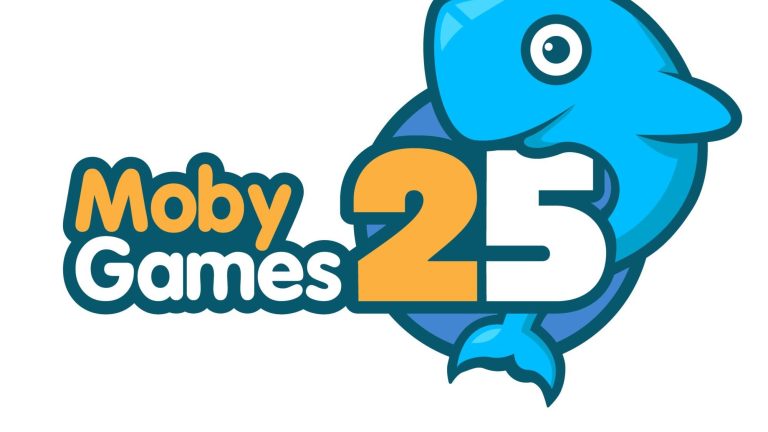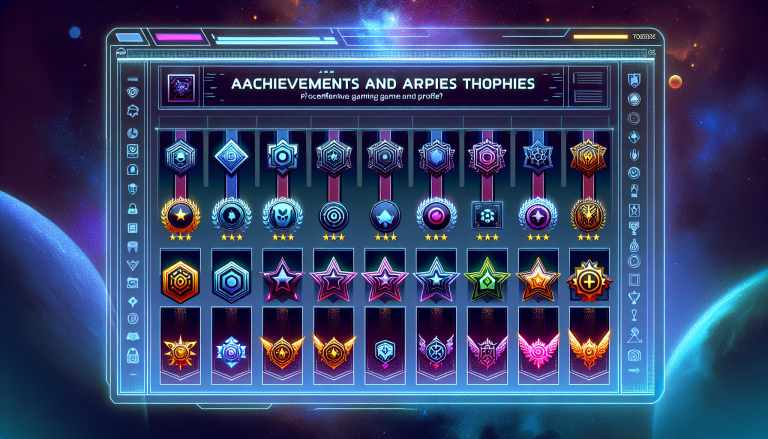Exploring the Educational Potential of Gaming Tutorials
When it comes to video games, we often associate them with leisure and entertainment. But ever thought about the educational potential that they hold? Specifically, we’re talking about gaming tutorials.
Gaming tutorials, believe it or not, have a lot to teach us about learning, engagement, and skill development.
A New Perspective on Learning
First and foremost, gaming tutorials offer a fresh perspective on learning. Instead of the conventional ‘teacher-student’ dynamic, tutorials provide an environment where players learn by doing. They allow the player to experiment, make mistakes, and learn at their own pace, which is remarkably similar to the constructivist approach to learning.
The Element of Engagement
Another crucial aspect of gaming tutorials is the element of engagement. Unlike a traditional lecture or a textbook, gaming tutorials are interactive, immersive, and exciting. They often use compelling narratives, challenges, and rewards to keep the player engaged. This engagement translates into a higher retention rate- a win-win situation for both the game developers as well as the learners!
Learning from Mistakes
Gaming tutorials also promote a ‘learning from mistakes’ culture. Failure or making mistakes in a game doesn’t carry the same level of negative connotation as in real-life situations. This encourages players to try, fail, and try again until they master the skill or overcome the challenge, fostering resilience and persistence.
The Use of Visual Aids
The use of visual aids in gaming tutorials also significantly enhances learning. Visual information is processed 60,000 times faster than text by the human brain. It’s no wonder why showing a player how to perform an action in a game can be more effective than lengthy, text-based explanations.
Encouraging Creativity
Lastly, gaming tutorials often encourage creativity. They usually present a problem or challenge to the player – but often, there’s no ‘one right way’ to solve it. This encourages players to think outside the box and come up with creative solutions, promoting lateral thinking and problem-solving skills.
In conclusion, it’s clear that gaming tutorials have significant educational potential. They offer a unique blend of active learning, engagement, trial-and-error, visuals, and creativity that traditional educational methods may lack.
The possibilities for integrating these methods into educational settings are immense and exciting. But that’s a topic for another day!
Enhancing Player Engagement through Interactive Tutorials
When it comes to gaming, players are drawn in by the immersive experiences, compelling stories, and challenging gameplay. But what happens when they’re faced with complex controls, intricate mechanics, or daunting strategies? This is where interactive gaming tutorials come into play. By providing instructional guidance in an engaging way, tutorials can significantly enhance player engagement and serve as a powerful tool for skill development.
So, how exactly do these tutorials contribute to player engagement? Let’s dive in!
Creating a Smooth Onboarding Experience
Imagine jumping into a high-stakes game without understanding the rules, controls, or strategies. Intimidating, isn’t it? Interactive tutorials provide a friendly and accessible introduction to the game, reducing the initial overwhelm and fostering a positive first impression. By gradually introducing game mechanics in a controlled, supportive environment, tutorials ensure that new players are not immediately thrown in at the deep end.
Boosting Confidence through Skill-Building
Interactive tutorials play a crucial role in helping players build their skills and boosting their confidence. These step-by-step guides allow players to understand the game’s mechanics at their own pace, practice their skills, and progressively improve. This not only enhances their gaming experience but also encourages them to explore the game even further.
Creating a Sense of Achievement
By providing achievable goals and instant feedback, tutorials can create a sense of achievement among players, spurring them on to tackle more complex challenges. This is an effective way of keeping players motivated and invested in the game, ensuring they continue to engage with the game for longer periods.
Personalizing the Learning Experience
Not all players learn at the same pace, and this is where personalized tutorials can make a significant impact. By allowing players to revisit past tutorials, skip ahead, or practice specific skills until they’re comfortable, games can cater to a range of learning styles and paces, enhancing player engagement and satisfaction.
And that sums up our exploration of how interactive tutorials can enhance player engagement. Remember, the best tutorials are those that seamlessly blend learning with playing, creating an engaging, enjoyable, and rewarding experience for all players. So the next time you dive into a new game, take a moment to appreciate the tutorial – it might just be the key to your gaming success!
Whether you’re a game developer, a dedicated gamer, or just a casual player, understanding the value of interactive tutorials can significantly enhance your gaming experience. After all, games are meant to be enjoyed, and what better way to do so than by having the necessary skills and knowledge at your fingertips?
Role of Gaming Tutorials in Skill Development and Learning
When we ponder over the world of gaming, what often springs to mind are epic quests, intensive battles, and intricate puzzles. But there’s an aspect that usually flies under the radar – the humble gaming tutorial. You might think it’s just a stepping stone to the actual game, but there’s so much more to it! In fact, gaming tutorials have a significant role to play in skill development and learning.
The Basics: Learning the Ropes
By design, a gaming tutorial is crafted to ease players into the game mechanics. It’s a mini-game in itself, allowing players to get familiar with the controls, understand the objectives, and learn to navigate the game world. Now, why does this matter in the context of skill development and learning? Well, it’s simple. By engaging with these tutorials, players develop critical thinking skills, problem-solving abilities, and even enhance their hand-eye coordination. And these, my friend, are skills that extend beyond the virtual world!
Leveling Up: Strategic Thinking and Decision Making
- Strategic Thinking: In more complex games, the tutorial often involves elements of strategy. Players are not just taught the buttons to press but also when and why they should use certain actions. This breeds strategic thinking, a skill highly valued in many real life scenarios.
- Decision Making: Moreover, players are sometimes put in situations where they need to make decisions to progress in the tutorial. These choices may seem trivial, but they’re actually honing the player’s decision-making skills. After all, life’s all about making choices, isn’t it?
Going Beyond: Tutorials as Educational Tools
Gaming tutorials also have the potential to be educational tools in themselves. We’re not just talking about games designed to teach specific skills or knowledge, but mainstream games too. For instance, a game tutorial in a historical game can give players an immersive learning experience about that era.
In addition, game tutorials can promote the learning of different languages. Many games come with multi-language support, giving players the chance to learn new languages in an enjoyable and engaging way.
In conclusion, the role of gaming tutorials in skill development and learning is invaluable. So, next time you hit ‘skip tutorial’, remember the learning opportunity you are passing by!
The Future of Education: Integrating Gaming Tutorials in Academic Settings
Imagine a world where the games children love are integrated into their educational journey. Well, this is not just a pipe dream anymore; it’s fast becoming a reality. Integrating gaming tutorials in academic settings is a revolutionary approach that is beginning to reshape the educational landscape.
A New Approach to Learning
Video games, believe it or not, have the unique power to engage students in a way traditional methods cannot. The interactive nature of games coupled with the excitement they bring makes learning fun and more effective. The key lies in gaming tutorials – a treasure trove of learning opportunities that often go unnoticed.
Benefits of Incorporating Gaming Tutorials in Education
But what exactly does this integration mean for students? Let’s dive into some of the benefits:
- Engagement: Gaming tutorials offer interactive, immersive experiences that capture students’ attention and maintain their interest. This level of engagement can lead to higher information retention and a deeper understanding of concepts.
- Building Skills: These tutorials often require players to strategize, problem-solve, and think critically, sharpening these essential skills.
- Personalized Learning: Gaming tutorials allow for individual learning pace, accommodating the unique needs and abilities of each student.
Making it Happen: Practical Implementation
Now that we understand the potential benefits, the burning question is: how can we bring gaming tutorials into our classrooms? The answer lies in the careful selection of games, the thoughtful integration into curriculum, and the ongoing assessment of student outcomes.
First and foremost, the chosen games must be relevant to the curriculum. Secondly, it’s important to balance game time with traditional learning methods. Finally, assessing students’ learning progress and adjusting the teaching approach accordingly is crucial.
Given the rapid advancement in technology, it’s no wonder that educators are exploring innovative ways to make learning more enjoyable and effective. Integrating gaming tutorials in academic settings could be the transformative move that education needs to better engage and equip the learners of tomorrow.












